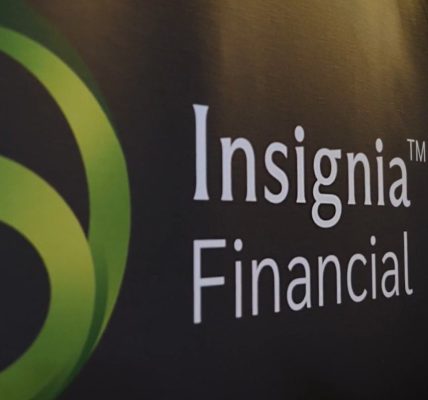Neobank was first launched in May 2017 and was granted a limited ADI by the prudential regulator in December 2018.
The 100 percent digital bank already has products on the market, including a prepaid card and bank account app, launching today.
CEO and founder Eric Wilson said mobile banking is here to shake up the legacy banking industry.
==
==
“It is extremely exciting that Australians have a new, independent bank. It's time for Australia's very old banking model to be broken,” Mr Wilson said.
Mr Wilson said the granting of the license meant Xinja was the first independent Australian neobank to receive a license and open an account.
"We're the first independent entrant into the retail market since the mid-1980s, so nobody knows what the demand is for it, but we think we're going to make it, there's an appetite for it," he told Investor Daily.
Of course, this is not the first neobank to be granted an ADI by APRA, with Volt being the first to receive a license in January, but it has no products on the market yet.
Fellow neobank 86,400 also got a full ADI a few months ago, with the bank opting not to go down the RADI route, instead going straight for a full licence.
“Congratulations to the Xinja team for securing their license. We strongly believe that greater choice is good news for Australians and the banking industry as a whole,” said 86400 CEO Robert Bell.
86,400, like Xinja, also did a soft launch of their products, allowing early birds who signed up access, but they have just released both a transaction and savings account to the general public.
“Thousands are already using 86,400 full transaction and savings accounts after signing up to our early access waiting list. We finished inviting waiting list customers last week and will soon be launching nationwide, meaning anyone in Australia can sign up and experience our smarter approach to banking in just 120 seconds,” said Mr Bel.
Mr Wilson said the bank would release its accounts to the public, but the first to gain access would be existing prepaid card customers and anyone who had already signed up to join the waiting list.
“We're starting with our waiting list that we've built up, we've had some very patient customers and we're starting there and we're going to accelerate that over time.
"We will work to allow people to sign up immediately, but as a new bank we have to move carefully and slowly and control the numbers that come in quite carefully," Mr Wilson said.
The transaction accounts, launched today, are accessible through the app and come with the Xinja Debit Mastercard, and the neobank will soon launch 'Stash', which is its savings account.
“We have to make sure we master each product as we go along, and the bank account is probably the most complex of them all, so we're launching that one first. We're going to get more features into it, like a savings account, and then we'll accelerate a little bit, so overdraft at the start of next year, personal lending in the first quarter and then mortgages at the end of that quarter in the second quarter,” Mr Wilson said.
Mr Wilson said there were plans to add credit products in the first quarter of 2020, as well as other "non-banking" surprises.
"Xinja is a bank built with a purpose and for profit, but we are with a purpose, which means we have to do things like track whether our users are better off since they joined us and how quickly we can get them out from the debt. We shouldn't tell people how good we are, we should do it and do it over and over again," he said.
CEO of neobank Douugh Andy Taylor congratulated Xinja and said that the more new entrants to the market, the better.
"The first wave of new entrants into banking is offering Australian consumers more choice but not solving financial health problems," he said.
Mr Taylor said Xinja was able to inform the market of what financial products were available, but he was concerned that none of the new banks were disrupting the core issues.
“We need to change the business model and build technology that changes consumer behavior, creating better financial habits. You can't just have more of the same price improvement on traditional banking products because that doesn't build better engagement or improve overall financial well-being," he said.

